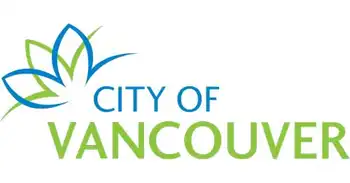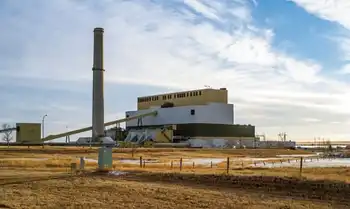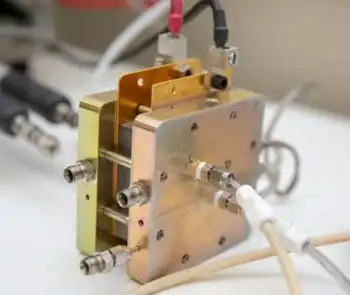EPIA wants $1.2 billion R&D investment
By Industrial Info Resources
Electrical Testing & Commissioning of Power Systems
Our customized live online or in‑person group training can be delivered to your staff at your location.

- Live Online
- 12 hours Instructor-led
- Group Training Available
The call came as the EPIA prepared to present the solar photovoltaic industry initiative at the European Union Strategic Energy Technology Plan conference in Madrid.
The initiative suggests that the funds need to be invested in 2010-12 to improve production, reduce costs, and improve the connectivity between photovoltaic generating systems and the electricity grid.
The EPIA considers these measures to be the first steps to achieving competitiveness in pricing for residential and commercial users between photovoltaic systems and conventional fossil fuels. In areas of high solar irradiation, the EPIA also hopes for competitive pricing for industrial use.
Of the 1.2 billion euros required, the EPIA expects almost 60 to be provided by private industry, with the remainder spread amongst the European Commission and EU member countries.
While governments in other parts of the world are committed to supporting local industries in research and development of solar technologies, Europe is in danger of lagging behind unless measures are taken to implement financial mechanisms to boost public spending in solar research.
In 2009, the global photovoltaic installed capacity increased by 7,200 MW, bringing the total installed capacity worldwide to about 22,000 MW. The EPIA expects this to increase by at least 40 in 2010. The EU continues to dominate the global solar power market with an installed capacity of almost 10,000 MW, but the EPIA forecasts the industry to begin shrinking in 2011.
In a press release summarizing production statistics for 2009, the secretary-general of the EPIA, Adel El Gammal, stated that the expected reduction in the industry in 2011 “underlines the imperative need for support mechanisms to be designed in a way to ensure long-term, predictable and sustainable development of the market and avoid instability and discontinuity in market evolution.”
Although the EPIA considers that investment in research and development will play a key role in achieving the target of 12 of the Europe's electrical supply coming from photovoltaic systems by 2020, other incentives are also required.
It is equally important to increase production capacity to achieve economies of scale and lower user costs, according to the EPIA. Prices for photovoltaic systems decreased 40 last year and have fallen by 50 over the past two years.
Other measures that could stimulate the growth of photovoltaic competitiveness, according to the EPIA, are improvements in feed-in tariff rates, improvements in market access regulation, improvements in distribution networks, and increased capacities.











